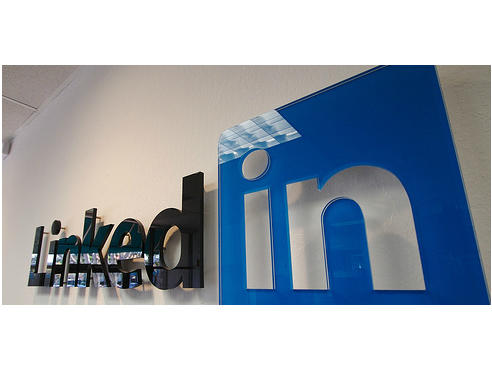
Section Branding
Header Content
WORKING: The Limits Of Online Connections
Primary Content

When Cleveland marketing professional Kelly Blazek got a LinkedIn invitation from a young woman she didn’t know, she didn’t just ignore it.
She sent Diana Mekota a blistering response calling her “entitled,” “inappropriate” and “tacky.”
Mekota was about to move to the Cleveland area and wanted access to an online job bank Blazek runs. She said her LinkedIn invitation was designed simply to show Blazek her resume. Blazek has since been blasted across the Internet for her biting reply, and she has offered several apologies.
Setting aside the wisdom of putting such a response in writing, was Blazek right that Mekota’s anonymous invitation was a bad idea?
“[Mekota] can reach out,” said Brandon Smith, a communication and workplace consultant who also teaches at Emory and Georgia State universities. She just needs to make the case for why Blazek should agree to connect with her, he said.
“If I can make a case in the email for why I’m reaching out to them—maybe I admire their work, maybe I would like to build further relationships in their city [or] industry—if I can give a good compelling why, that might be a good reason to connect,” Smith said.
But he said Blazek wasn’t necessarily wrong to decline the invitation.
“If the person didn’t put forth any effort into writing you a personal note, it’s perfectly fine to ignore the invitation,” he said. “Now, you don’t need to do what Ms. Blazek did here [and] just blast the person. If it doesn’t seem like a fit, you can ignore those. [That is] perfectly fine if it’s someone you don’t know.”
Smith said Blazek’s view of her LinkedIn network is old-school—that it’s something to be curated, protected and kept secret—and that’s not really the way the world works anymore for most people.
“The new-school perspective is, networks are big, organic things. The more people [in them], the better, if you have at least some connect,” Smith said.
“If you’re in a mid-career place, I would encourage you to grow your network. This is a really, really, really good thing.”
Smith said he thinks of his primary online networks as a series of three concentric circles.
The smallest, inner circle is Facebook: personal friends, family, people from church, and maybe high school or college classmates.
The next, slightly larger circle in LinkedIn: acquaintances, co-workers, former colleagues, people in the same industry, people in our professional network.
“People that we have something in common with,” Smith said. And “those can have overlap” with Facebook.
The last, and outer, circle is Twitter.
“You don’t have to know these people, they don’t have to know you,” Smith said. “You just may have to decide, ‘yeah, I don’t mind hearing a couple things from them.’”
Brandon Smith teaches about leadership, communication, and workplace culture at Emory University's Goizueta Business School. More of his advice is on his blog and at theworkplacetherapist.com. While you’re there, ask him your workplace or career question. We might answer you in a future radio segment.
Tags: LinkedIn, career counseling, Brandon Smith, workplace, working, career, social media, social networks, kelly blazek, diana mekota
